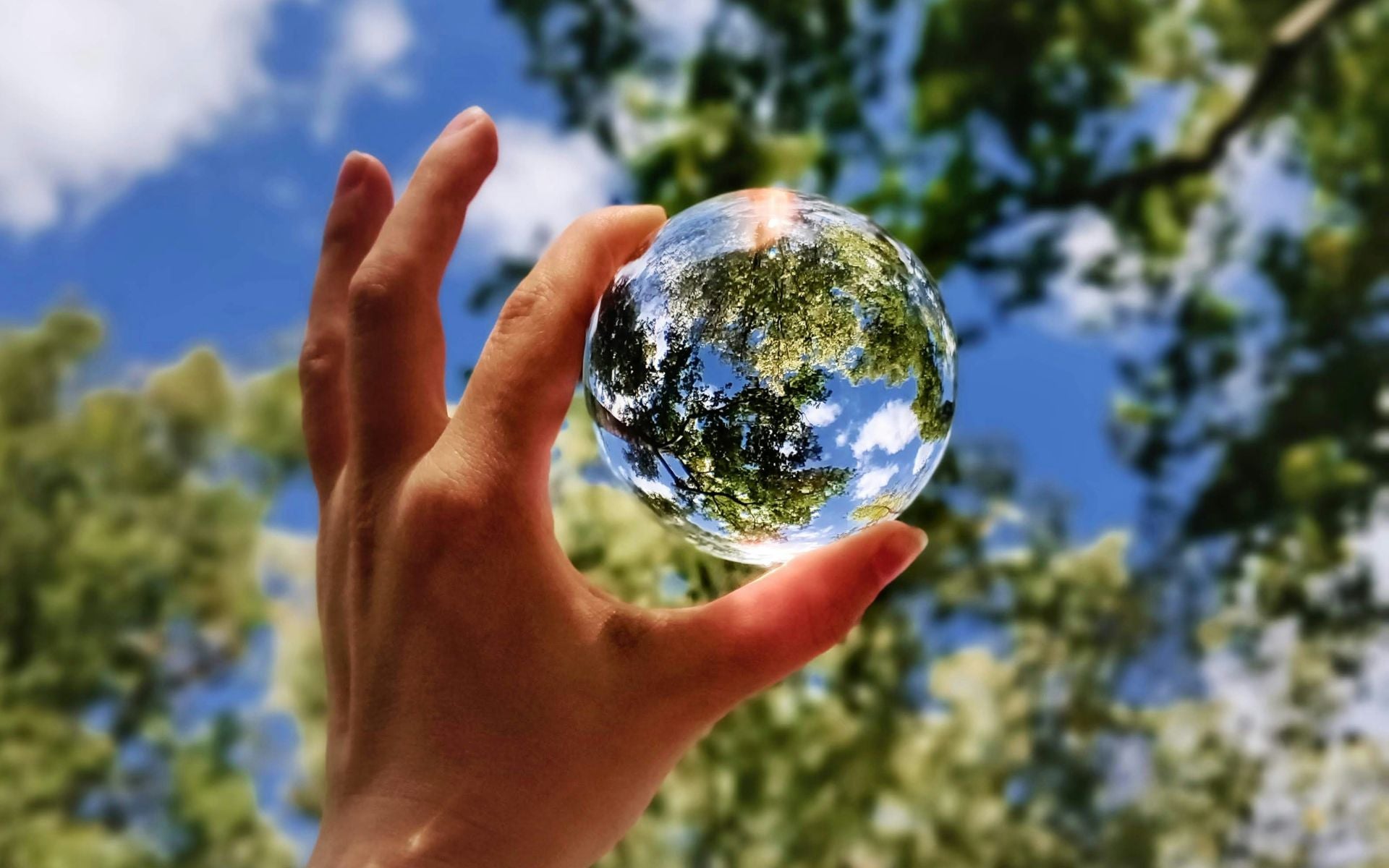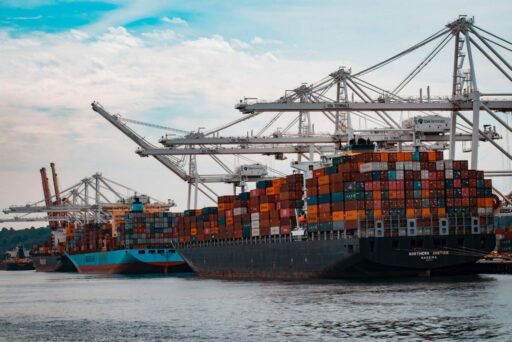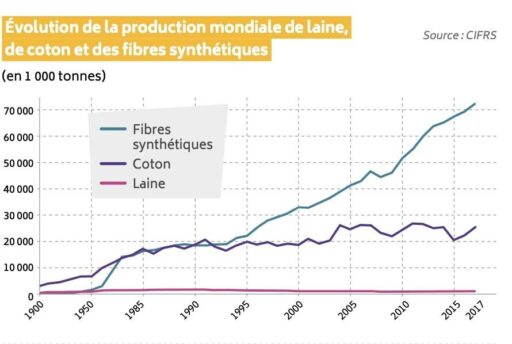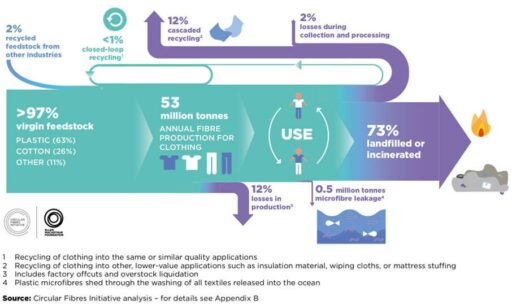Article: Is eco-responsible fashion possible?

Is eco-responsible fashion possible?
Is eco-responsible fashion possible?
Passionate about sports, we derive infinite pleasure from pushing ourselves on the planet's playgrounds. In the mountains, forests, oceans, or whitewater. But we see, like you, that these ecosystems are rapidly deteriorating. So, we created Wolbe to imagine a new standard: a brand that offers more freedom to your wardrobe without compromising the planet. It's our way of actively committing to environmental protection.
How can we achieve this in the fashion world? What are the key questions and priority issues? To adapt our sourcing and manufacturing strategy, we began by taking stock of the situation to fully understand the sector's dysfunctions. This is what we share with you here.
1) Eco-responsible fashion does not exist on a global level. Textiles and clothing have a heavy impact on the planet.
- 98 million tons of non-renewable resources are consumed each year. This includes oil, which is needed to make polyester, polyamide (nylon, and elastane). But also fertilizers and chemicals used to create, dye, and refine fabrics.
- 1.2 billion tonnes of CO2 are released, more than maritime and air traffic combined
- 500,000 tonnes of microplastics are released into the oceans (the equivalent of 50 billion plastic bottles)
 And this data will deteriorate further in 2050 if we do not change current trends...
And this data will deteriorate further in 2050 if we do not change current trends...
The picture is bleak. But all consumer goods industries pollute, degrade natural resources, and generate significant waste.
How did we get here? Four different factors explain these figures.
2) It is first of all a reflection of global “geography”
7.7 billion people wear clothes! To protect themselves, feel good, or express their personality. In fifteen years, the world's population has grown by 25%, and its standard of living has significantly improved. People have more means to consume, and they don't deprive themselves of it.
The location of natural resources, production sites (cheap labor), and consumption areas are not aligned. It is therefore necessary to constantly transport raw materials, yarn or polymer beads, raw fabric, dyed fabric, semi-finished garment, and finished garment across the world! Imagine the millions of tons of CO2 expended in these transit transports alone...
If we take the example of a pair of jeans, here are the likely steps it will follow. The cotton is grown in Pakistan, Korea, or West Africa. Then it is shipped to Italy to be woven into large denim fabrics. The fabrics will be sent to Asia to be cut and assembled by cheap labor (a worker earns $50 per month in Bangladesh or $77 in Pakistan). The semi-finished jeans will be "sanded" in Turkey, the international champion of faded denim. Finally, the finishing touches (zippers, rivets, etc.) can be done in Europe.

3) It is then linked to manufacturing processes (fabrics + clothing) which are far from clean
70% of global textile production is derived from oil (polyester, polyamide -nylon, elastane-)!! And the trend has been steadily increasing since 1995 (see curve below). Very easy to manufacture (see the video on nylon on YouTube), the material is inexpensive, more resistant than cotton or wool, and has interesting technical properties (water repellency in particular).
The big problem—beyond the polluting nature of manufacturing—is that oil is a non-renewable natural resource, and access to it will become increasingly complicated and expensive. How will the 70 million barrels of oil needed to produce the polyester manufactured each year be extracted tomorrow?

Natural fibers can also be a cause for concern! Cotton, for example, alone accounts for 20% of the insecticides used worldwide.
The textile and clothing industry is the third-largest consumer of water after wheat and rice cultivation (4% of available drinking water). The Aral Sea, for example, has disappeared due to cotton irrigation. And it takes 10,000 liters of water to make a single pair of jeans (285 showers).
Finally, to transform, dye, and refine fabrics and clothing, the textile industry alone uses 25% of the chemicals used in the world! Millions of liters of solvents, soda, dyes
4) It is above all our habits that fuel this “change for the worse”
100 billion items of clothing are produced each year. That's a doubling in fifteen years, while the population has grown by 25% !
We buy an average of 13 kg of it per capita per year worldwide. But it's 36 kg in the USA, 23 kg in Europe (only 9.6 kg in France), and 15 kg in China.
The number of times we wear an item of clothing before throwing it away has plummeted: 135 times today compared to 200 times 20 years ago . Due to the combined effects of fast fashion (which offers up to 24 collections per year at increasingly lower prices) and the growth of the global middle class, we wear the clothes we buy for less time. And that's only 50 times in the United States and 100 times in Europe. This figure will therefore fall further.
60% of clothes are thrown away after just one year !

5) Finally, recycling is almost non-existent at the end of the chain
90% of clothes purchased end up burned or in landfills . That's the equivalent of a garbage truck every second!
France is a "good student" globally, but it's still not enough. 38% of used clothing is collected (thanks to 50,000 collection points). And 99.6% of it is either returned in good condition (second day) or recycled into rags and shredded clothing.
Only 1% of the materials used in textile manufacturing are recycled for reuse in clothing.
Essentially because our clothes aren't made of a single material! To increase their durability or comfort, cotton is blended with elastane, wool with nylon, and cotton with polyester. It's impossible to separate these materials by hand or mechanically at the end of their life... And today, no "chemical" process has yet been developed on an industrial scale to achieve this. But many investments and projects are currently focused on this fundamental step! And tomorrow, we may be able to produce a shirt with only cotton or wool recovered from old clothes.
But also because recycling a material to reuse it in clothing often degrades its quality. It removes the long fibers that give a thread its texture and softness.

To better understand (visually) the workings of this sector, we recommend two very educational documents.
A publication by ADEME (national agency for ecological transition): “fashion upside down” .
A video from Le Monde magazine (December 13, 2018, 8 minutes 05 seconds) which explains “why dressing pollutes” .


